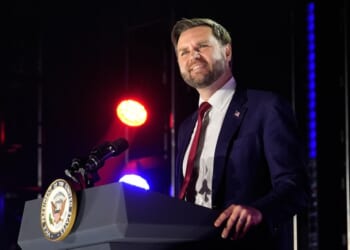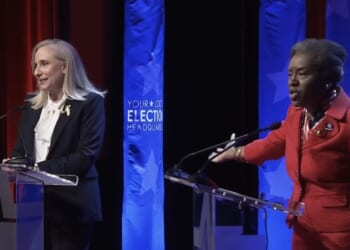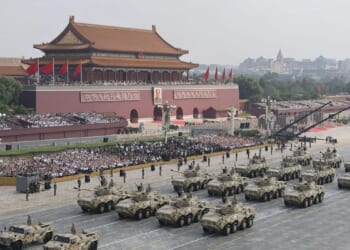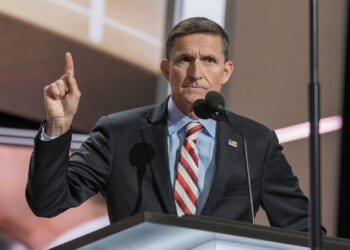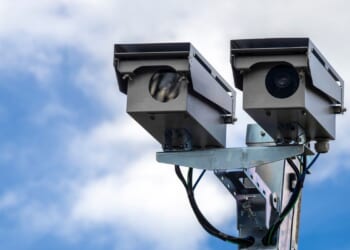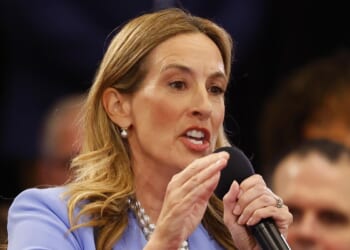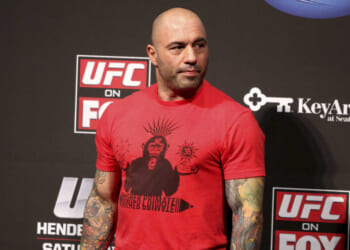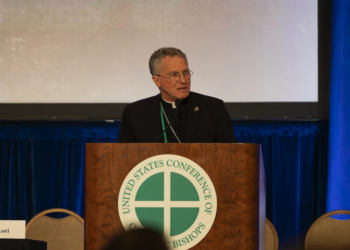In recent months, what seemed to be a hardening U.S. position on Russia suddenly softened again. After a two-hour phone conversation between Vladimir Putin and Donald Trump in mid-October, whose contents were never disclosed, Trump’s tone changed markedly.
Soon after, he met with Ukrainian President Volodymyr Zelensky but declined to provide Ukraine with Tomahawk cruise missiles — an aid package many analysts saw as essential to helping Kyiv defeat Moscow.
Zelensky returned to Kyiv empty-handed, having traveled far in hopes of securing the long-range weapons, only to face rejection in a tense White House meeting described by Zelensky as “positive” but ultimately fruitless.
The episode illustrates a familiar pattern. Each time Trump expresses firm resolve against Moscow — such as threatening to supply advanced missiles — Putin reaches out, and the tension eases. What they discuss remains secret, but the result is predictable: the Russian leader stabilizes his position while Trump steps back from action, as seen in their stalled plans for a second summit in Hungary following the October call, where Putin reportedly demanded major territorial concessions from Ukraine.
Putin’s strategy is to prolong the war. He fights and negotiates alternately, never closing the door on “peace talks,” but never committing to real peace — often issuing empty overtures that drag discussions without resolution, extending the conflict by years. Trump, motivated by his desire to end wars and cast himself as the global peacemaker — having claimed to resolve seven conflicts since his second inauguration — is easily drawn into this cycle.
His own ambition, including subtle nods from allies toward a Nobel Peace Prize, has blinded him to the fact that Putin is manipulating that very image, using vague promises to retract threats like the Tomahawk missiles, citing fears of escalation despite initially wielding them as leverage.
Trump believes his personal charm and deal-making prowess bring results, but Putin sees it as an opportunity. Every time Trump engages, it ends with delays or withdrawals of support for Ukraine, giving Russia time, space, and confidence. This merchant-like approach, prioritizing short-term gains over moral principles, has allowed Putin to exploit Trump’s peacemaker illusion, binding U.S. policy to erratic swings that ultimately prolong the war and weaken Ukraine’s hand.
The Divided Democracies and the United Autocrats
While the United States and Europe hesitate, the authoritarian bloc acts in concert. North Korea has already sent thousands of soldiers to assist Russia, with estimates ranging from 10,000 to 30,000 troops deployed in regions like Kursk, where they operate reconnaissance drones and provide frontline support.
Cuba has dispatched thousands more — Ukrainian intelligence identifying at least 1,076 Cuban nationals fighting for Moscow, with broader estimates suggesting 4,000 to 25,000 recruits, often lured by financial incentives and visas, though Havana officially denies involvement.
Beijing has not publicly committed troops, but reports indicate covert involvement, including Chinese nationals captured fighting for Russia and surging exports of dual-use technologies like fiber optic drone components that bolster Moscow’s military capabilities. Furthermore, by purchasing Russian oil and supplying materials, China provides Moscow with a steady stream of hard currency — money that sustains its war machine.
The logic of this alignment is simple. For the autocracies, Russia’s survival is a collective interest. If Moscow falls, the rest of the authoritarian world trembles, risking a domino effect on regimes in Pyongyang, Havana, and Beijing. For them, the war in Ukraine is not just about territory but about regime security. They share intelligence, manpower, and logistics because they share a fate — one of mutual survival against democratic pressures.
By contrast, the democracies are fragmented. Each Western country has its own calculations — how much aid to give, how much involvement to risk, how much domestic political capital to spend. The result is hesitation disguised as prudence: strong rhetoric from the U.S., UK, and EU, but delays in decisive action, such as direct troop deployments or unrestricted weapons transfers. The West wants Ukraine to win, but without being drawn into the war; it wants to take the moral high ground, but without the will to defend it fully.
Putin and Xi Jinping have understood this weakness perfectly. They know that the democratic world’s unity is conditional and easily tested, allowing the authoritarian axis to outpace them in cohesion and commitment.
Ukraine’s Lonely Battle
In this environment, Ukraine fights largely on its own. The Western alliance provides words and limited aid, but not the decisive measures needed to change the course of the war — such as the withheld Tomahawk missiles that could enable deeper strikes into Russian territory.
Britain and Europe issue statements of support; Washington debates every weapons shipment, even as Russia escalates attacks on Ukrainian energy infrastructure ahead of winter.
Meanwhile, North Korean and Cuban troops are already deployed in Russia, and Chinese support continues quietly through economic and technological channels.
Zelensky’s situation is increasingly precarious. Without long-range missiles and other advanced weapons, Ukrainian forces cannot effectively strike Russia’s infrastructure or logistics, as evidenced by ongoing grinding battles where Russia gains minimal territory at high cost.
Each delay in Western assistance erodes Ukraine’s position and strengthens Moscow’s hand, leading to prolonged attrition that consumes lives, resources, and morale. Yet, Ukraine persists: Recent drone strikes have targeted Russian oil refineries and fuel depots, disrupting energy production and economic lifelines, potentially shifting the balance if the war drags on.
The longer the conflict endures, the more it becomes a test of endurance — and endurance favors the side willing to pay the price, with Ukraine relying on its resilience and innovative tactics like unmanned aerial assaults on Russian strategic sites.
The Need for a Consistent Strategy
The democratic world still looks to Washington for leadership, and within Washington, Trump remains the central figure shaping its direction. But leadership requires consistency. A strategy that swings between confrontation and accommodation — such as threatening missiles only to retract after a secretive call — only confuses allies and emboldens adversaries.
Putin has shown time and again that he cannot be trusted. His diplomacy is tactical, not sincere; his peace overtures are pauses, not solutions, as seen in rejected ceasefire proposals demanding Ukrainian concessions.
If Trump truly seeks peace, he must understand that genuine peace requires leverage, not just personal relationships — abandoning pressures on Zelensky to cede occupied territories, which undermine Ukraine’s sovereignty and reward aggression. The West must recognize that the war in Ukraine is not only a regional conflict but a contest between two political systems — one authoritarian and expansionist, the other democratic but uncertain of itself. If the democracies remain divided and hesitant, they will lose not only Ukraine but also the credibility of their own values.
Peace built on illusion is not peace; it is delay. The task before Trump and the West is to replace illusion with strategy, and sympathy with resolve. Only then can peace have meaning — and endurance. Ukraine’s self-reliance offers hope: through determined resistance and strikes on Russian vulnerabilities, it may yet expand its gains and prevail, proving that in a world short on moral clarity, victors speak loudest.
Shaomin Li is a professor of international business at Old Dominion University.
READ MORE:
On the Frontlines of the War That Will Change Europe

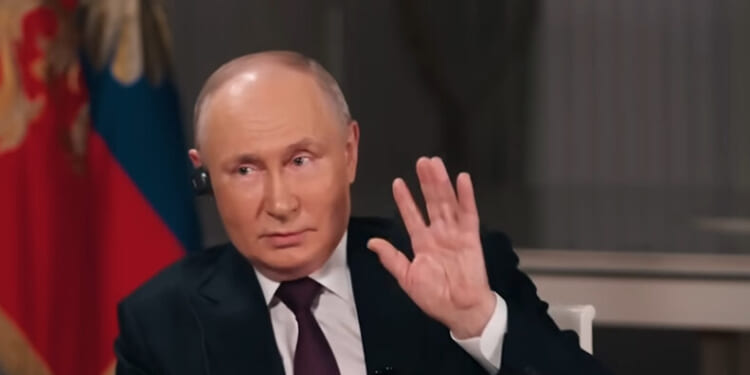
![Scott Bessent Explains The Big Picture Everyone is Missing During the Shutdown [WATCH]](https://www.right2024.com/wp-content/uploads/2025/11/Scott-Bessent-Explains-The-Big-Picture-Everyone-is-Missing-During-350x250.jpg)
